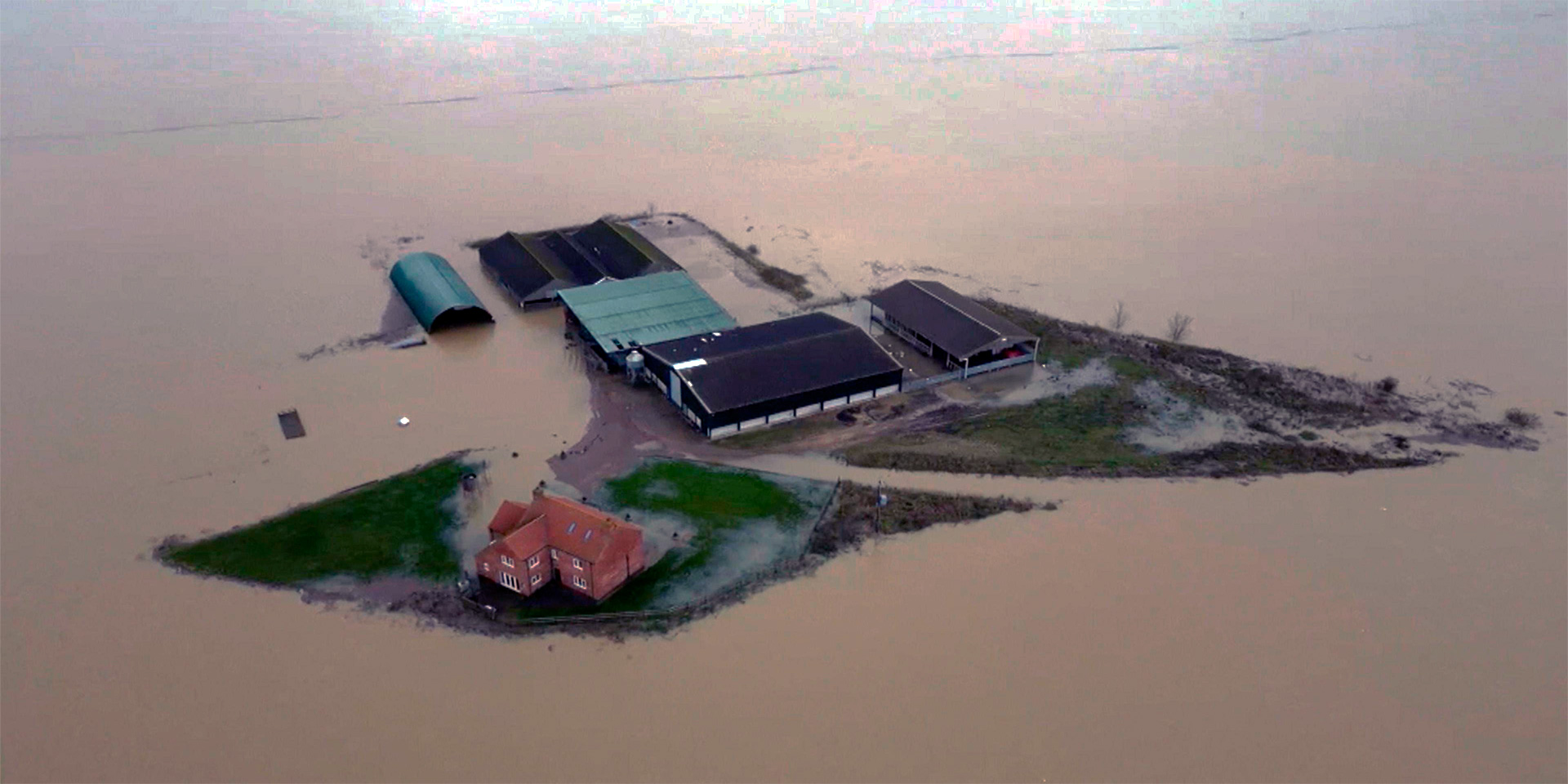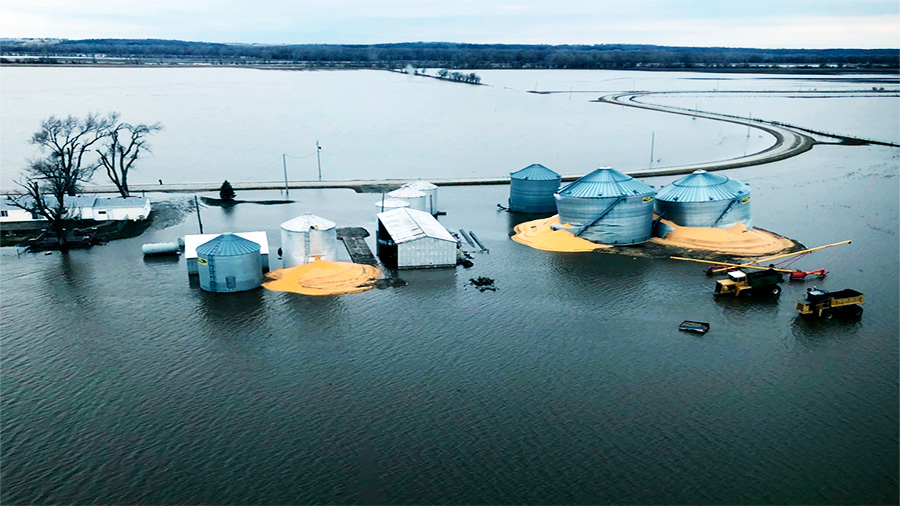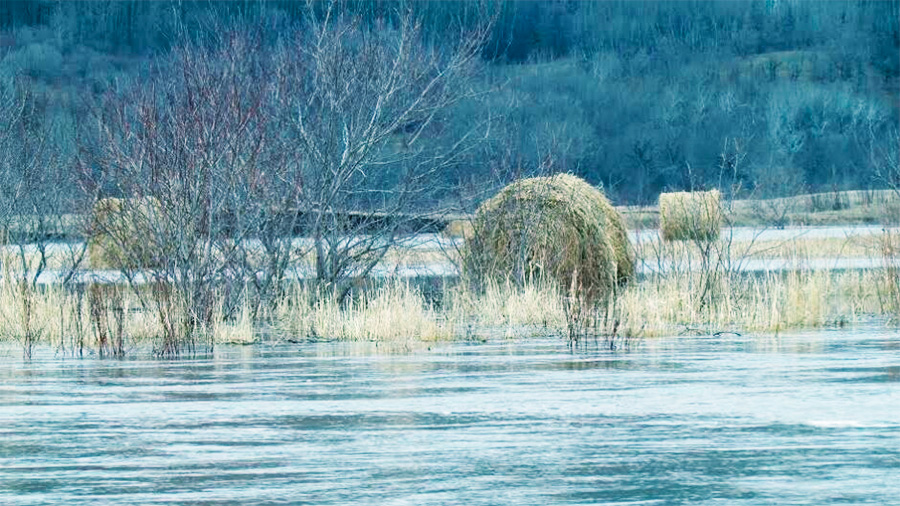
Flood-prone regions pose unique challenges for agrarian communities, where frequent flooding disrupts farming activities, damages crops, and destroys infrastructure. These repeated disasters lead to significant financial strain on farmers, often leaving them unable to recover without external assistance. Loans tailored to the needs of farmers in these regions play a vital role in addressing immediate recovery needs, funding infrastructure repair, and supporting long-term resilience. This article explores the specific challenges faced by agricultural communities in flood-prone areas and highlights the critical importance of loans in sustaining livelihoods and ensuring food security.
The Impact of Flooding on Agriculture
Flooding is one of the most destructive natural disasters for agriculture, leading to both short-term and long-term consequences for farmers. Inundated fields destroy standing crops, erode soil fertility, and disrupt planting and harvesting cycles. Beyond crop loss, floods often damage critical infrastructure, such as irrigation systems, storage facilities, and transportation networks, further exacerbating the economic burden on farming communities.
In regions where flooding is a regular occurrence, such as the Mississippi River basin in the United States or the Ganges Delta in South Asia, these impacts are felt on a recurring basis. The cumulative effect of repeated floods can trap farmers in a cycle of debt and poverty, undermining regional food production and economic stability.
Key Agricultural Challenges in Flood-Prone Areas
- Crop Damage: Floodwaters destroy crops, leading to immediate income loss and food insecurity.
- Soil Degradation: Prolonged waterlogging reduces soil fertility and complicates future planting efforts.
- Infrastructure Destruction: Damage to irrigation, storage, and transport systems disrupts the entire agricultural value chain.
- Increased Costs: Farmers face higher costs for replanting, repairing equipment, and restoring infrastructure.
These challenges highlight the urgent need for financial resources to support recovery and adaptation in flood-prone agricultural regions.
The Role of Loans in Flood Recovery and Adaptation
Loans are a critical tool for farmers in flood-prone areas, providing the financial support needed to recover from disasters, invest in resilient practices, and rebuild their livelihoods. Tailored loan programs address specific needs, such as crop insurance, infrastructure repair, and the adoption of flood-resistant technologies.
Crop Insurance and Recovery Loans
Crop insurance is essential for mitigating the financial impact of flood-related losses. Loans designed to cover insurance premiums make this protection accessible to small-scale farmers, ensuring they receive compensation for damaged crops. Recovery loans, on the other hand, provide immediate financial relief for replanting and operational costs, helping farmers resume their activities quickly after a flood.
For example, after severe flooding in Bangladesh, microfinance institutions offered low-interest recovery loans to affected farmers, enabling them to replant rice fields and restore production within months.
Infrastructure Repair Loans
Floods often leave a trail of destruction, damaging irrigation systems, roads, and storage facilities that are essential for agricultural operations. Loans specifically aimed at infrastructure repair allow farmers to rebuild these critical assets. Collaborative programs, where government agencies or NGOs co-finance these loans, reduce the financial burden on individual farmers while accelerating regional recovery.
Investment in Resilient Practices
Adopting flood-resistant crops, constructing elevated storage facilities, and implementing water management systems are vital for long-term resilience. Loans enable farmers to invest in these solutions, reducing vulnerability to future floods. For instance, programs in Vietnam have successfully financed the adoption of flood-tolerant rice varieties, significantly reducing crop losses in flood-prone areas.
These targeted loan programs provide a lifeline for farmers, empowering them to recover, adapt, and thrive despite the challenges of recurring floods.

Challenges in Accessing Loans for Flood-Affected Farmers
Despite the critical need for financial support, many farmers in flood-prone regions face significant barriers to accessing loans. Addressing these challenges is essential to ensure that financial assistance reaches those who need it most.
Lack of Collateral
Floods often erode the financial stability of farmers, leaving them without assets to use as collateral for loans. This is particularly problematic for small-scale and subsistence farmers, who may not own land or other valuable assets. Innovative lending models, such as group guarantees or unsecured microloans, can help overcome this barrier.
High Interest Rates
In many developing regions, loans for agricultural purposes come with high interest rates, making them unaffordable for farmers already burdened by flood-related losses. Subsidized loans or government-backed credit schemes offer a solution, reducing the financial strain on borrowers.
Complex Application Processes
Bureaucratic hurdles and complex loan application processes deter many farmers from seeking financial assistance. Simplified procedures, combined with outreach and education programs, can improve access and participation, particularly among marginalized communities.
Lack of Awareness
Many farmers are unaware of the loan options available to them or lack the financial literacy needed to navigate the lending process. Local cooperatives and extension services play a vital role in bridging this gap, providing information and support to farmers seeking loans.
Addressing these challenges ensures that financial aid reaches the most vulnerable farmers, enhancing the effectiveness of recovery and adaptation efforts.
Success Stories in Financing Flood Recovery
Several regions have successfully implemented loan programs that support flood-affected farmers, offering valuable lessons and best practices for replication elsewhere.
Microfinance for Resilient Farming in Bangladesh
In flood-prone areas of Bangladesh, microfinance institutions provide small loans to farmers for purchasing seeds, fertilizers, and equipment after floods. These loans are often coupled with training programs on flood-resistant farming techniques, helping farmers build resilience while restoring their livelihoods.
Government-Backed Loans in the United States
After major floods in the Midwest, the U.S. Department of Agriculture (USDA) offered low-interest emergency loans to farmers for repairing damaged infrastructure and replanting crops. These loans, combined with crop insurance payouts, enabled farmers to recover quickly and continue operations.
Community Lending Programs in the Philippines
In the Philippines, community-based lending programs provide interest-free loans to farmers affected by typhoons and flooding. These programs rely on collective guarantees, reducing the risk for lenders while ensuring access to financial support for small-scale farmers.
These success stories demonstrate the transformative potential of well-designed loan programs in supporting flood-affected agricultural communities.

The Path Forward: Strengthening Financial Support for Flood-Prone Areas
As climate change increases the frequency and severity of flooding, the need for robust financial support systems for farmers in flood-prone regions becomes more urgent. Governments, financial institutions, and international organizations must collaborate to develop innovative, scalable solutions that address both immediate recovery needs and long-term resilience.
Scaling Climate-Resilient Agriculture
Investing in climate-resilient agriculture through targeted loan programs ensures that farmers can adapt to changing conditions. This includes financing for flood-resistant crops, advanced irrigation systems, and sustainable farming practices.
Integrating Technology
Digital platforms and mobile banking solutions improve access to loans for remote and underserved communities. These technologies simplify application processes, enhance transparency, and reduce transaction costs, making financial support more accessible and efficient.
Strengthening Public-Private Partnerships
Collaboration between governments, private financial institutions, and NGOs can amplify the impact of loan programs. By pooling resources and expertise, these partnerships address the diverse needs of flood-affected farmers more effectively.
Expanding Education and Outreach
Financial literacy programs and outreach initiatives ensure that farmers are aware of available loan options and understand how to utilize them effectively. Empowering farmers with knowledge strengthens their ability to recover and build resilience.
These strategies provide a roadmap for enhancing financial support systems in flood-prone agricultural regions, ensuring sustainable recovery and development.
The Conclusion
Flooding poses significant challenges to agrarian communities, disrupting livelihoods and threatening food security. Loans tailored to the needs of farmers in flood-prone areas are essential for addressing these challenges, providing the resources needed for recovery, infrastructure repair, and adaptation. By overcoming barriers to access, designing effective programs, and fostering collaboration, stakeholders can empower farmers to rebuild and thrive. As climate risks continue to grow, strengthening financial support systems will be critical to sustaining agriculture and ensuring the resilience of flood-affected regions worldwide.




